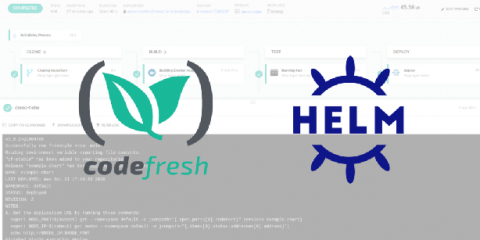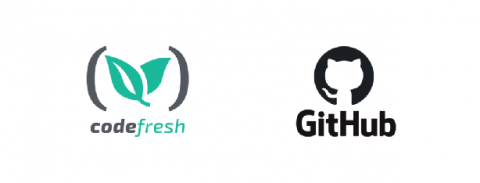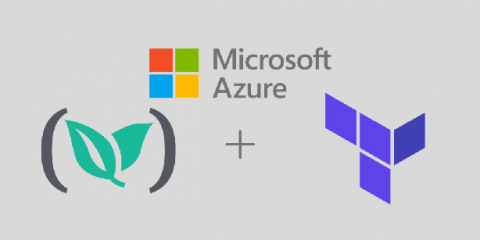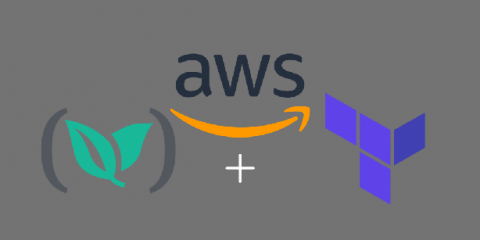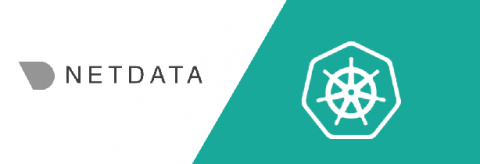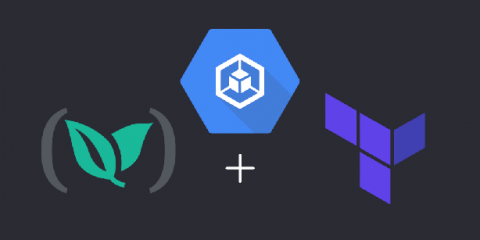Tutorial: Using Helm Hooks in Your Codefresh Pipeline
When getting started with Kubernetes and Helm, the process across the release life cycle can feel like a black-box; having to follow debugging processes to understand what is going on behind the scenes. Helm hooks can help with that. This post provides an overview of: If you are new to Helm, we suggest to check-out our previous tutorial first and then come back to learn more about Helm hooks. Hooks perform a single action at a specified point during the release life cycle.


